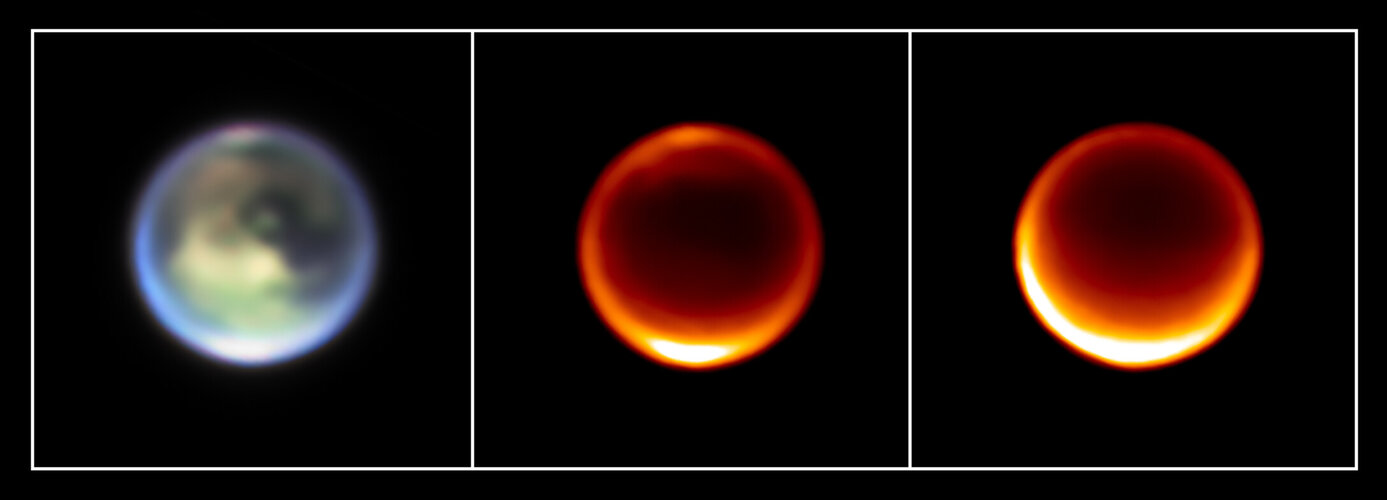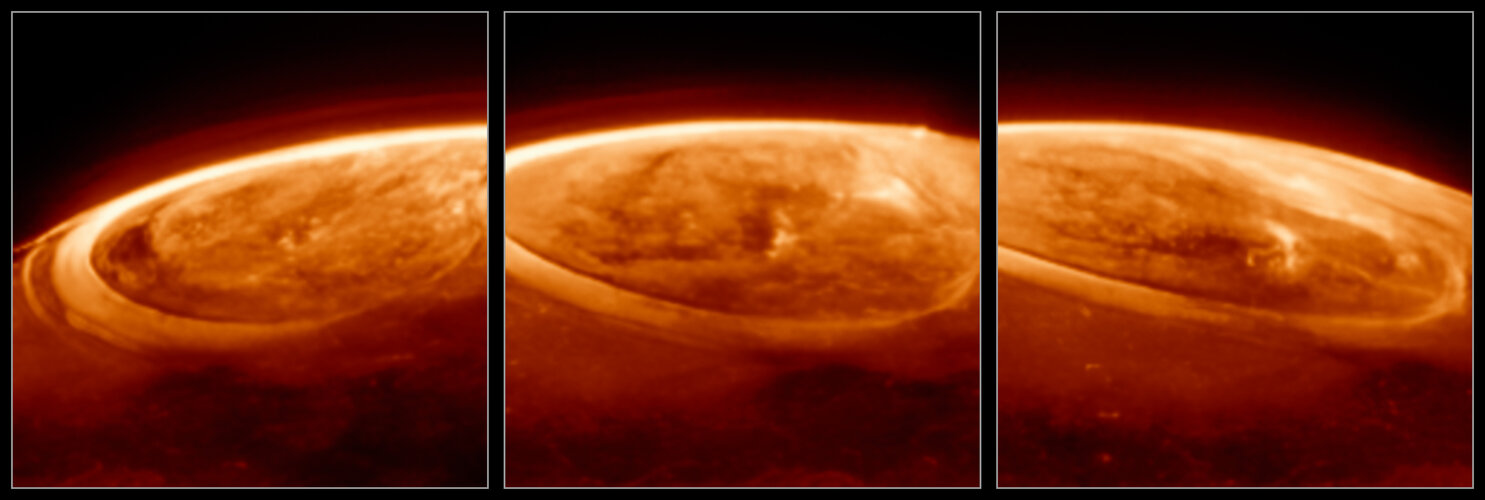ESA Top News
| The European Space Agency (ESA) is Europe’s gateway to space. Its mission is to shape the development of Europe’s space capability and ensure that investment in space continues to deliver benefits to the citizens of Europe and the world. | |||||||||||
|








 Feed
Feed Scan with QR Code Reader
Scan with QR Code Reader mobi
mobi






 Image:
The Copernicus Sentinel-2 mission brings us this cloud-free view of Svalbard, a remote Norwegian archipelago in the Arctic Ocean.
Image:
The Copernicus Sentinel-2 mission brings us this cloud-free view of Svalbard, a remote Norwegian archipelago in the Arctic Ocean.



 Image:
Part of the Italian island of Sardinia is featured in this image captured by the Copernicus Sentinel-2 mission.
Image:
Part of the Italian island of Sardinia is featured in this image captured by the Copernicus Sentinel-2 mission.